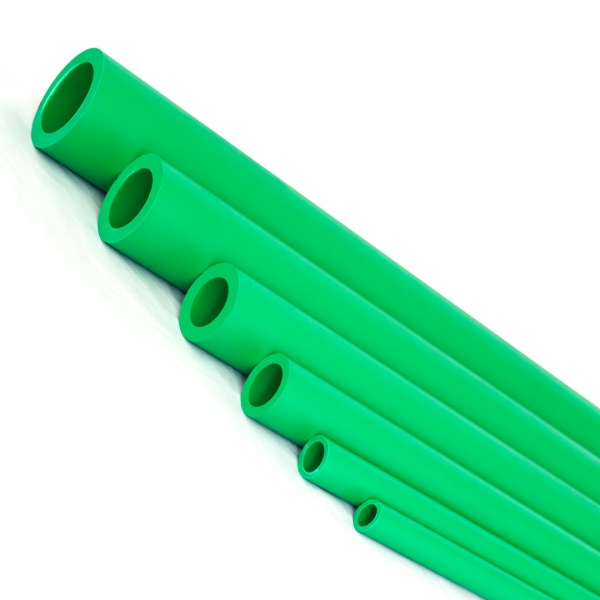Call Anytime
PPR PIPES
Our selection of pipes comes in various sizes and specifications to suit the needs of our clients. They are commonly used in agriculture for irrigation purposes and are also suitable for plumbing, industrial, domestic, and technical applications.
PPR COLD-HOT WATER PIPE
The SB Group of Companies manufactures a plastic piping system extensively utilized in plumbing and water supply setups. Crafted from top-notch polypropylene random copolymer, a thermoplastic renowned for its outstanding characteristics, PPRC pipes outshine other pipe materials such as PVC or metal in terms of durability, chemical resistance, and thermal stability.

SB Group Of Companies
ADVANTAGES OF PPRC PIPE
- PP-R pipes, also known as PPRC (Polypropylene Random Copolymer) pipes, have gained popularity in the construction industry due to their exceptional features and numerous advantages. Whether for residential, commercial, or industrial projects, PPRC pipes offer unique benefits that make them an ideal plumbing solution.
- Durability and Longevity: PP-R pipes are highly durable, providing a reliable plumbing system that can withstand various environmental factors. They resist corrosion, scaling, and chemical deterioration, ensuring a long lifespan for plumbing installations.
- Chemical and Thermal Resistance: PP-R pipes are resistant to a wide range of chemicals and high-temperature variations, making them suitable for aggressive environments where other materials might fail. They maintain structural integrity even when exposed to chemicals, acids, and alkalis commonly found in industrial settings.
- Ease of Installation: Lightweight and flexible, PP-R pipes are easy to handle and install. Their flexibility allows for simple and efficient jointing, reducing installation time and costs. They also require fewer fittings and connectors due to their ability to bend without additional fittings, further simplifying the installation process.
- Excellent Flow Characteristics: The smooth inner surface of PP-R pipes ensures a consistent flow rate and minimizes pressure losses, contributing to the overall efficiency of the plumbing system, reducing energy consumption, and optimising performance.
Applications of PPR Pipes
- Potable water supply systems
- Heating and cooling systems
- Firefighting installations
- Irrigation and agricultural systems
- Chemical and process industries
Installation Process of PPRC Pipes
- Designing the plumbing system according to the specific requirements.
- Selecting appropriate size, taking into account like flow rate and pressure.
- Preparing pipes for jointing welding, fusion, or mechanical connections.
- Conducting pressure testing to ensure leak-free installations.
- Inspecting the system for quality assurance.
PPR Pipe Jointing Techniques: Welding
Welding is a commonly used jointing technique for PPRC pipes. It involves the use of a specialised welding machine that heats the pipe ends and fuses them together. The welding process for PPRC pipes typically follows these steps:
- Cut the PPR pipes to the required length and ensure clean, straight cuts without any burrs.
- Insert the pipe ends into the welding machine’s heating element, ensuring proper alignment.
- Heat the pipe ends to the recommended temperature for the specified duration.
- Remove the pipes from the heating element and quickly join them together, applying controlled pressure until the joint cools and solidifies.

PPR Pipe Sizes and Dimensions
PPR pipes are manufactured in various standard sizes to accommodate different plumbing applications. The most commonly used PP-R pipe sizes include:
- 20mm (3/4 inch)
- 25mm (1 inch)
- 32mm (1 1/4 inch)
- 40mm (1 1/2 inch)
- 50mm (2 inch)
- 63mm (2 1/2 inch)
- 75mm (3 inch)
- 90mm (3 1/2 inch)
- 110mm (4 inch)
- 160mm (6 inch)
PPR Pipe Price List
To reach the PPR pipe price list that comes to the forefront with his high quality and reasonable price advantage and to find out the most suitable solution for you, send us an e-mail to info@arastco.com.
Company
- © Copyright 2024 by Arastco.com

